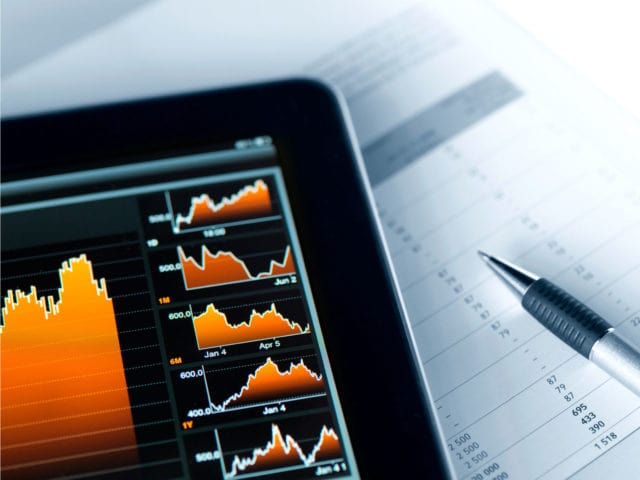
Increasing Financial Market Volatility
What could be the underlying root causes of this boost in volatility?
There is no doubt that the degrading economic environment that began in 2008 has been a variable, in addition to the current U.S. debt downgrade and also European sovereign debt concerns.
Capitalists and the economic media will generally utilize economic or information events, to justify a possible description of why volatility happened over a whole trading day. Nevertheless, if volatility is additionally boosting over periods of as little as milliseconds, can the explanation coincide?
Breakthroughs in innovation are likewise a contributing element. Capitalists are now able to receive information virtually instantaneously, leading to safety rate modifications taking place in minutes rather than over days.
In the days before modern innovation began to control the financial markets, being as close as feasible to the action in a trading pit was exactly how financiers found out the best info and received superior rate execution.
Although innovation remains to advance substantially, the obsession to be near a trading center stays. The intro of co-location, or proximity holding, enables trading companies to physically position their computer servers as close as meters far from those of economic exchange, with the goal of lowering the transmission time required to send out electronic trading guidelines. Exchanges now provide areas in tailor-made centers to decrease the time it takes to implement a profession to a millisecond. The result is that these companies can make use of much faster trading techniques.
Several exchanges in North America, Europe, and Asia supply these co-location facilities. The TMX Group, which is the operator of the Toronto Stock Market, has a facility with 200 co-location rooms permitting links to its equities as well as by-products systems concurrently.
Professions that used to be completed in the trading pits are now finished online through matching-engine computer systems. Today’s professional implementation is no longer based upon single exchange prices; instead, it is directed to any trading system that supplies the best rates from multiple markets at a details moment in time.
Technical developments have actually allowed different trading platforms to establish and also enhance their volumes at the cost of typical monetary exchanges. Examples include:
- Electronic Communication Networks, which are similar to exchanges but are not permitted to list stocks.
- Dark Swimming pools, where trades are matched anonymously.
The combination of enhanced modern technology and also alternate trading systems has actually led to the advancement of new trading methods, which are generically referred to as “high-frequency trading”.
As the name implies, high-frequency trading calls for the conclusion of a multitude of orders at extremely rapid rates. These techniques utilize complex algorithms to examine multiple markets and afterward perform digital orders. Formulas are made to trade faster than humans.

It is approximated that 50% -70% of trading quantity now comes from high-frequency trading orders.
The majority of algorithmic trading methods typically fall into the following groups:
- Implementation or quantity algorithms, which take large orders and then dissect them into smaller-sized tranches, with the objective of lessening the effect on the pricing of the protections being traded.
- Statistical algorithms, which look at exchanges for profitable price anomalies.
- Formula discovery algorithms, attempt to locate the approaches of algorithms and afterward profit by performing purchases ahead of the discovered formula.
Advocates of high-frequency trading recommend that these methods boost exchange quantity and also improve the speed of professional implementation. While this is true, quantity is not liquidity. Liquidity permits capitalists to buy and sell safeties under all market problems.
The performance of high-frequency trading has actually basically replaced the specialist market-maker system that used to be present on major exchanges. Professionals were required to constantly offer a market for securities in both great and poor environments. High-frequency traders are under no such responsibility. They trade only when they think it pays.
For that reason, if over 50%-70% of daily trading volumes are currently credited to high-frequency trading approaches that are indifferent to the basics of the safeties being traded and do not have a responsibility to trade when costs are declining, then the potential for unplanned effects is very actual.
To find more information, you can click over here now for further info.






